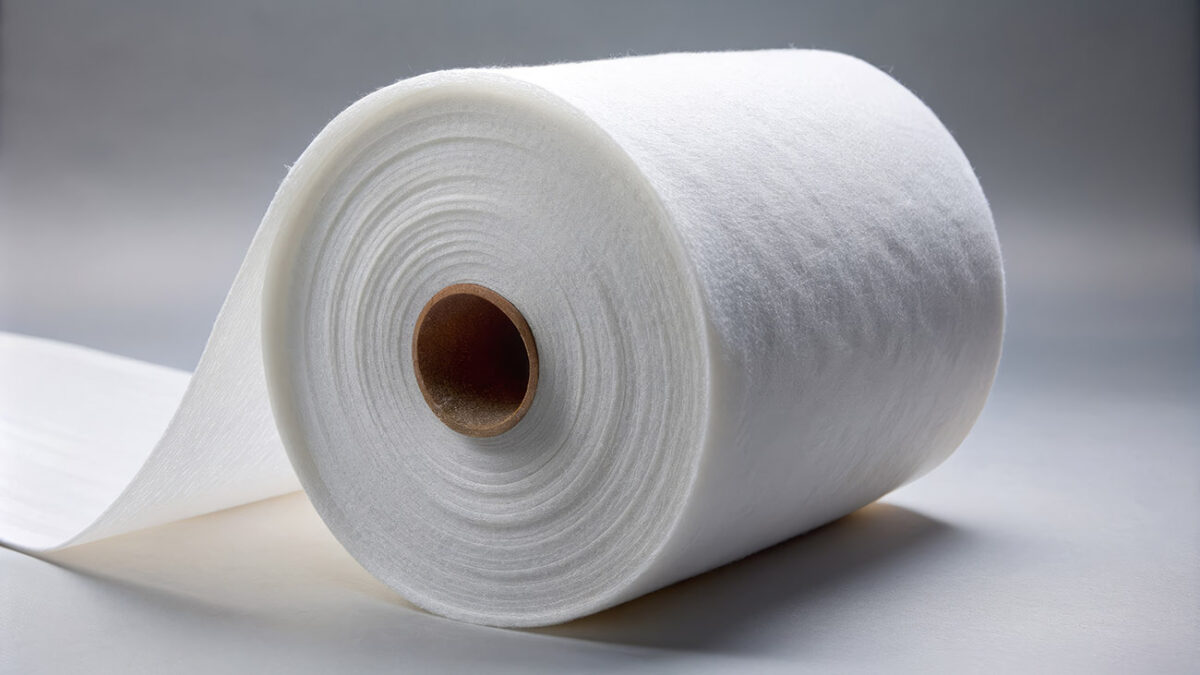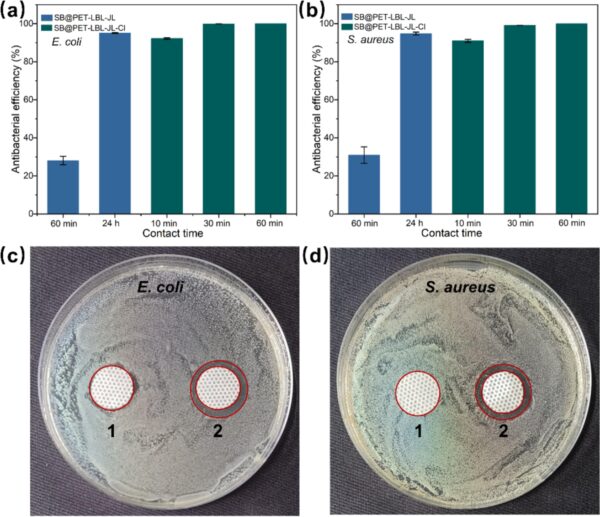Non-Woven Polypropylene: Trends in the Hygiene Industry

Non-woven technologies are among the most innovative textile methods, and the strong demand for PP fabrics is expected to grow.
Innovative Non-Woven Technologies
Manufacturers consider non-woven technologies one of the most innovative and modern methods in textile production today. They produce non-woven polypropylene fabric by processing synthetic polymers like polypropylene through advanced methods such as Spunbond and Melt-blown. These processes create strong, durable, breathable, lightweight synthetic polymer fibers, making non-woven PP highly versatile.
You can also read: Optimizing Fiber Diameter in Spunbond Nonwoven Fabrics.
For example, manufacturers widely use non-woven PP in hygiene to create disposable medical products like diapers and sanitary napkins. Moreover, compared to woven fabrics, non-woven PP offers superior waterproof properties while maintaining excellent breathability, making it ideal for these applications.
Market Overview and Growth Trends
Manufacturers design non-woven PP to meet consumer needs while addressing cost and environmental concerns through innovative production techniques. This material naturally decomposes within 90 days under outdoor conditions, burning cleanly without producing toxins, odors, or harmful residues. Because of its affordability compared to woven fabrics, industries worldwide are increasingly adopting non-woven PP for various applications.
The global market for non-woven PP fabrics reached a valuation of USD 31.19 billion in 2024 and continues growing at a CAGR of 6.5%. Hygiene products such as baby diapers, sanitary pads, and personal care items drive this growth due to heightened public awareness of hygiene and health. Furthermore, non-woven PP’s excellent absorbency and durability make it the preferred choice for such products, ensuring sustained market demand.
Sustainability and Circular Economy Efforts
As sustainability takes center stage, manufacturers actively adopt eco-friendly practices to reduce energy consumption and minimize waste generation. Many now use renewable technologies and prioritize recycling materials to meet growing demand for lower-impact non-woven fabrics. For instance, as part of its circular economy strategy, SABIC collaborates with manufacturers to produce certified circular polypropylene polymers derived from post-consumer plastic waste. These sustainable innovations demonstrate a commitment to reducing environmental impact while addressing market needs.
Enhancing Non-Woven Materials with Advanced Properties
Manufacturers are integrating advanced properties into non-woven PP fabrics to broaden their applications, particularly for reusable medical protective suits. Researchers have developed multifunctional PP materials with antibacterial, bacteria-releasing, and anti-adhesion capabilities by modifying PP with sodium carboxymethylcellulose and chitosan quaternary ammonium. This advancement, as detailed in the study Fabrication of Multifunctional Antibacterial Polypropylene, ensures the modified material inhibits bacterial attachment and remains effective after washing.
Moreover, these enhanced properties demonstrate excellent biocompatibility, wash stability, and storage performance, making non-woven PP suitable for reusable medical suits. Such innovations reflect the industry’s focus on merging functionality with sustainability to meet modern demands.

The antibacterial efficiency of NB@PP-LBL-JL and NB@PP-LBL-JL-Cl against E. coli (a) and S. aureus (b); The inhibition zone of NB@PP-LBL-JL and NB@PP-LBL-JL-Cl against E. coli (c) and S. aureus (d). Courtesy of Fabrication of multifunctional antibacterial polypropylene via layer-by-layer assembly for potential application in reusable protective suits.
Future Outlook for Non-Woven PP Fabrics
The hygiene industry prioritizes advancements in sustainability and material science, ensuring non-woven PP remains indispensable for disposable and reusable products. At the same time, researchers work to improve the eco-friendliness and functionality of non-woven PP, thus offering efficient and sustainable global hygiene solutions.
